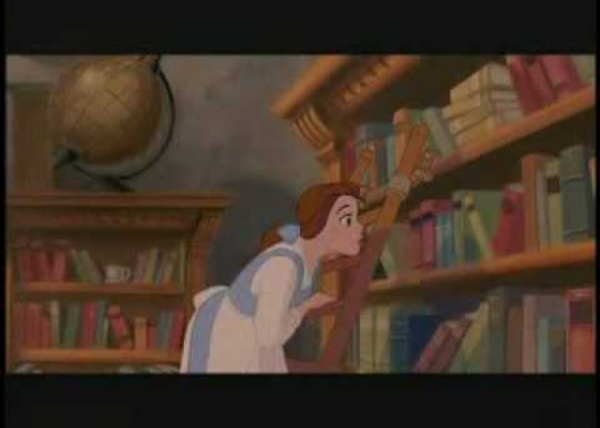



http://www.youtube.com/watch?v=CJn_jC4FNDo
Related: Week 4: Digital Leadership and Information Ethics • Copyrights and Wrongs and Fair UseBest practices for attribution You can use CC-licensed materials as long as you follow the license conditions. One condition of all CC licenses is attribution. Here are some good (and not so good) examples of attribution. Note: If you want to learn how to mark your own material with a CC license go here. Can I Use that Picture? The Terms, Laws, and Ethics for Using Copyrighted Images – The Visual Communication Guy: Design, Writing, and Teaching Resources All in One Place! Need to use an image but not sure if you have the legal and ethical right to do so? Understanding the laws for using images can be a bit tricky, especially because there is wiggle room within the laws. And, with the mass distribution of images on the internet, it’s no wonder we’re all asking the the same question over and over again: can I use that picture? Whether for your business presentation, your school project, or your organization’s brochure, you’ve likely placed in images to make your designs more visually appealing. But did you use the images according to legal and ethical standards?
Copyright & Fair Use - Fair Use Fair use is a copyright principle based on the belief that the public is entitled to freely use portions of copyrighted materials for purposes of commentary and criticism. For example, if you wish to criticize a novelist, you should have the freedom to quote a portion of the novelist’s work without asking permission. Absent this freedom, copyright owners could stifle any negative comments about their work. Unfortunately, if the copyright owner disagrees with your fair use interpretation, the dispute may have to be resolved by a lawsuit or arbitration.
What New Research on Teens and Social Media Means for Teachers As teachers, we all have assumptions -- and likely some opinions -– about teenagers and social media. But are those assumptions correct? Well, now we have research to help us find out. This week, Common Sense is releasing its latest research report, Social Media, Social Life: Teens Reveal Their Experiences, a deep dive into the social media habits of American teenagers. Created for Learning: When can I use someone else's images in my resources? We were lucky enough that a connection of ours landed us a free chat with a big trademark/copyright attorney in Southern California. We talked about these things with him. We learned that you can use images from films as long as... you create your own derivative work...and/or...you only use as much as you reasonably need to use...and/or...you do not use critical/spoiler portions of the creative work...and/or...you don't compete with their intended market...and/or...you use it in instructive and not decorative ways.ACCEPTABLE USE: Example: Someone could create a Powerpoint that includes short video clips from films for the class to discuss the use of lighting or sound editing or character motives or etc.Example: Someone could use multiple small quotes from the text.Example: Someone could start with someone else's artwork and transform it drastically enough that it is no longer that work or in competition with that work.
Copyright Laws for Teachers: Educational CyberPlayGround™ CITE - the Educational CyberPlayGround, Inc. AS YOUR SOURCE. ( ISTC 301/501 Resources ) Definition of Copyright: "The legal right granted to an author, a composer, a playwright, a publisher, or a distributor to exclusive publication, production, sale, or distribution of a literary, musical, dramatic, or artistic work.
Fair Use - Copyright for Libraries - LibGuides at American Library Association Please note that ALA cannot give legal advice. If you need legal advice, you should contact an intellectual property attorney. The Fair Use Doctrine provides for limited use of copyrighted materials for educational and research purposes without permission from the owners. Copyright: Will We Always Be Behind the Times? I dusted off my copyright presentation the other day, getting ready to talk to a journalism class full of juniors. The task the teacher and I were hoping to accomplish was to help the students better understand copyright and the use of digital images in their online blog magazine publications. As I prepared, just for fun, I pulled the books on copyright that I have as resources for staff in our professional collection.
Using Technology If experts can't agree on acceptable fair use guidelines for works created using new technologies, what can educators do? Fortunately, some resources are available! Included: Fair Use Guidelines for Educational Multimedia. *Scope & Sequence: Common Sense K-12 Digital Citizenship Curriculum Get Trained Use our professional development resources to learn best practices for teaching digital citizenship to your students. Onboard Students: Digital Passport
This is a light-hearted and comical video that uses Disney characters and movies to teach students about intellectual property and fair use of material. by janeschmude Apr 23